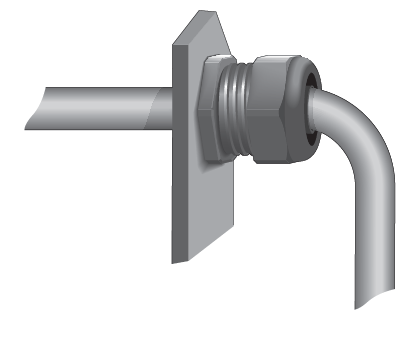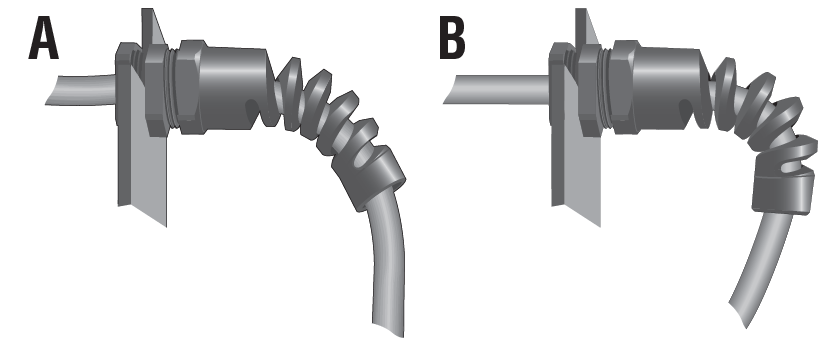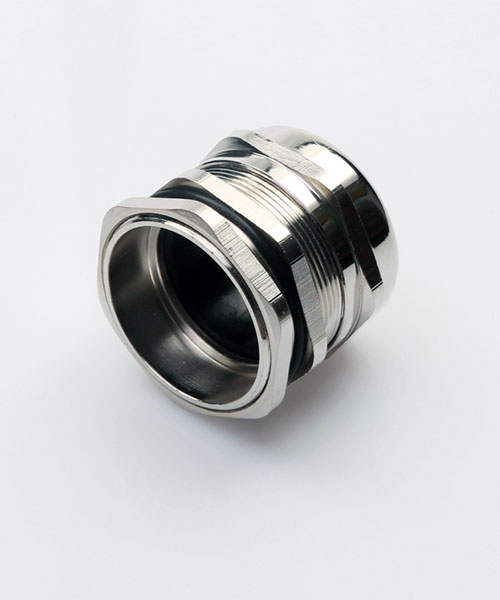Established in 2009, Yueqing Bolun Electric Co., Ltd. is an industrial and trade enterprise specializing in the research & development of Cable gland, Explosion-proof armored connector, Marine stuffing box, Hose connector and other cable accessories.
What is the strain relief cable gland?
Sep 15, 2022
What is the purpose of a strain relief cable gland?
Whats is strain relief cable gland?
Strain relief, also commonly referred to as bend relief, is important to the electrical and mechanical integrity and overall performance of medical cable assemblies. Strain relief is used to provide a transition from a flexible cable to a rigid connector or connection point.
Strain reliefs or cable glands can provide protection for wires and cables by securing the cables of power cords to panels of electrical equipment. It helps prevent stress and damage as it passes through the equipment panels. While it doesn't relieve the stress on the cable as it leaves the device, it does relieve the stress on the electrical connections and circuits inside the device.
The term "strain relief" is commonly used in North America, while "cable joints" are commonly used in Europe and the rest of the world.
How to connect to the power cord?
Wire connection refers to how the strain relief/cable gland and wires are assembled together. Many slid on the ropes and were then tightened to the jacket. Some are permanently molded into the cable. Molded strain relief/cable glands bond to the cable to hold the cable in place and fill the splice. There is also a mechanical snap-on strain relief/cable gland. These are not liquid tight and snap into cutouts with squares or flats like they are molded.
What is material of strain relief/cable glands?
Strain relief/cable glands are available in many different materials such as nickel plated brass, nylon and stainless steel. PVDF (polyvinylidene fluoride) is a good choice for food preparation equipment because it does not retain oils, chemicals or bacteria that can damage or poison food. It should be noted that nylon fittings installed in threaded connections and exposed to high temperatures should be retained with a sealant to avoid loosening of the connection during temperature fluctuations.
How to Mount Strain Relief/Cable Gland to Frame?
Slip-on strain relief/cable glands are threaded and usually come with a nut, offering two methods of attaching the panels. One option is to make a threaded hole to fit the size used and simply screw it into the panel. Another method is to determine the diameter of the opening and use a strain relief/cable gland close to the size of the hole. The lock nut secures it to the panel. Both methods provide a watertight seal if used with an O-ring. In contrast, both the molded version and the mechanical snap version are installed by using the cut-out mounting holes in the panel and snapping the strain relief/cable gland into place. This allows for less assembly time, but doesn't guarantee a watertight seal, otherwise the power cord might not be as secure as the slide-in one.
Dedicated body styles
Specific body styles are available for many different applications. Generally, strain relief/cable glands are available in two common configurations: dome and flexible.
Dome Style
Dome-style strain relief/cable glands are designed to protect wires entering equipment. | Flex Style Flex Style Strain Relief/Cable Gland provides flexible bend protection for power cords (A) entering equipment. They are designed to eliminate the possibility of cord kinking when pulled at extreme angles (B). Coiled springs wrap around the rope and add strength where the rope is most vulnerable to damage |
What is the thread type of cable gland?
The different types of mounting threads available include: American Standard NPT (National Pipe Thread); PG (Stahlpanzerrohr-Gewinde; also known as Panzergewinde) is the European Standard (German Military Thread); and Metric, which is the universal thread used worldwide . The thread system chosen depends on where the equipment will be used.
If the mounting panel being used is threaded, a matching strain relief/cable gland should be selected. If the panel has clearance holes, the strain relief/cable gland should be selected based on where in the world the part will be used. For example, if the market is in North America, choose the NPT thread series. If in the EU, choose metric threads for new equipment and installations. PG threads are typically used as replacement parts for existing installations.
Other resources
For more information on strain reliefs/cable glands available through Boluncablegalnd, see the Strain Reliefs and Featured Products page.
InterpowerBoluncablegalnd, provides free technical support. For further assistance, see the Boluncablegalnd, contact information below.
Ms Miya: boluncablegland@gmail.com
Whatsapp: +86 181 0679 6660
The Professional Cable Accessories Manufacturer
Why Choose Bolun Electric?
Focus on the Resarch & Development of Cable Accessories
With more than ten years of R & D experience, we provide you with higher professional cable accessories knowledge and high-quality product guarantee.
Broad Application Range of Bolun Cable Accessories
Ours product with CE, IP68, ROHS, CNAS, SGS certifications and have been sold well overseas for more than ten years and have been widely used in many fields such as new energy vehicles, rail transit, aerospace equipment, ship equipment, robots and so on.
Higher Cable Accessories Quality and Best Service for you
Qualified Cable gland and other Cable Accessories. Buy them online from Bolun Electric Co., Ltd. We will shall wholeheartedly provide product information, application knowledge and good service for you.
Pick up higher quality and more
professional cable accessories.
Advanced Cable gland and other Cable Accessories Technology News
Latest Cable Accessories News & Technology
News and knowledge about Cable gland, Explosion-proof armored connector, Marine stuffing box,
Hose connector and other cable accessories.
What is cable gland used for?
Cable glands can be made of metallic or non-metallic materials (or a combination of the two) that al
What is cable gland?
Cable glands are circular mechanical cable entry fittings used to secure cables and wires entering
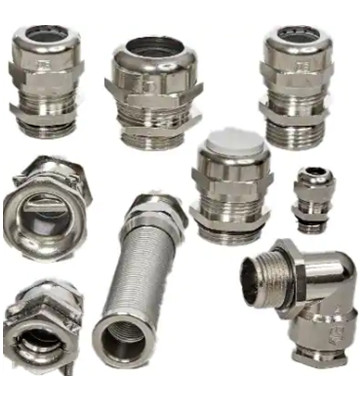
How to install Cable Glands?
How to install Cable Glands?Installation of Cable Glands depends on the type of joints you use, but
Get a Quote
Choose Higher Quality and Safer
Accessories for Cables
Describe your needs and quantities in detail.
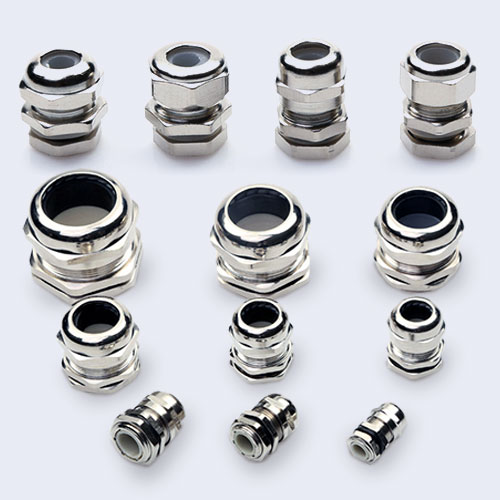
Get a Quote from Bolun Electric
Get a quote on the latest price of cable gland and other cable accessories. We will reply within 48 hours.

